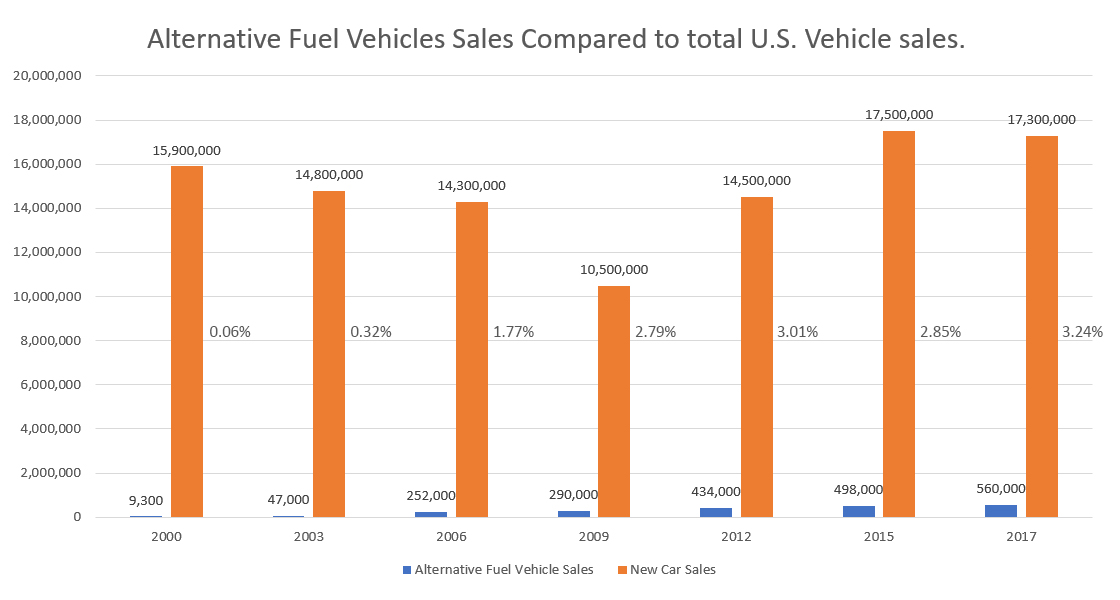By Gary Fong
Staff Writer
You can’t see, smell, taste or feel it, but it’s everywhere, and without it, life, and probably this very universe, wouldn’t exist. It’s hydrogen, the most abundant element in the universe, one that makes up more than 90 percent of all matter, according to a 2015 article on livescience.com, referencing scientists at the Los Alamos National Laboratory.
Being the naturally curious creatures we are, humans have figured out lots of things to do with hydrogen, from powering the first hot air balloons and using it to create everyone’s favorite culinary delight, trans fats, to using it in bombs that could be 1,000 times more powerful than the atomic ones dropped on Japan during World War II.
Yet, oddly enough, for all the destructive power that humans can harness hydrogen for, it could also be the key to helping create the cleanest and most fuel-efficient vehicles we’ve ever seen. Fuel Cell Electric Vehicles (FCEV) takes oxygen and hydrogen’s energy carrying structure and converts it into electricity that
Yet, hydrogen fuel cells have been a tough sell.
In 2009, there was a signed agreement between seven major auto manufacturers to develop
Ten years later, fewer than 4,000 of these
So why aren’t environmentally conscious people, including millennials in college, not flocking to them? A big reason is
The fuel is also more expensive. Toyota estimates the Mirai can get 312 miles per full tank. But that tank can only carry 5 kilograms of hydrogen and current pricing is $13.99 per kilo, which means $70 to fill it up.
Then again, FCEV dealers are offering buyers three years of complimentary fuel, but that isn’t enough to outweigh the high purchasing cost, even for students who might want nothing more than
There’s also the issue of infrastructure. The CSUDH Office of
“
Although a student would need to have two or three jobs to purchase one, I would recommend test driving the Mirai if one is interested in the technology.
Only a few dealerships in the area sell and/or service the Mirai. They are Toyota of Santa Monica, Longo Toyota in El Monte, Toyota of Orange, and Tustin Toyota. You need to contact one of these dealers and schedule a test drive.
That’s what I did recently. And I wasn’t disappointed. Sitting in the driver’s seat, you can see the speedometer and visual cluster are mounted high on the dashboard, so you do not have to look down too far to check your numbers.
Entertainment and climate controls are all within easy reach and some controls can either be
I barely stepped on the gas and the car sprinted forward immediately without hesitation from the 151-horsepower electric engine. I was pleasantly surprised at the power and the incredibly smooth ride as the suspension used on the Mirai is the same technology Toyota uses in its Lexus luxury car line. Steering and handling were smooth, responsive, and easy enough for anyone to drive.
But though it’s a fine ride and you’re doing the planet and everything living on it a favor by driving, there’s still a way to go before consumers truly embrace FCEVs. And the main reason may not even be the price of the vehicles or the fuel, but the inconvenience.
Currently, there are only 39 FCEV fueling stations in California with 25 more in development, according to cafcp.org, and until the supply of fueling stations increases, the demand for the vehicles may stay
“Right now most people that buy these vehicles buy them because they live within five miles of a refueling station or find them along the path to their workplace, said Dante Winters Internet/Fleet Manager, of Toyota of Orange. “ The more stations open the more hydrogen fuel cell vehicles will sell.”

